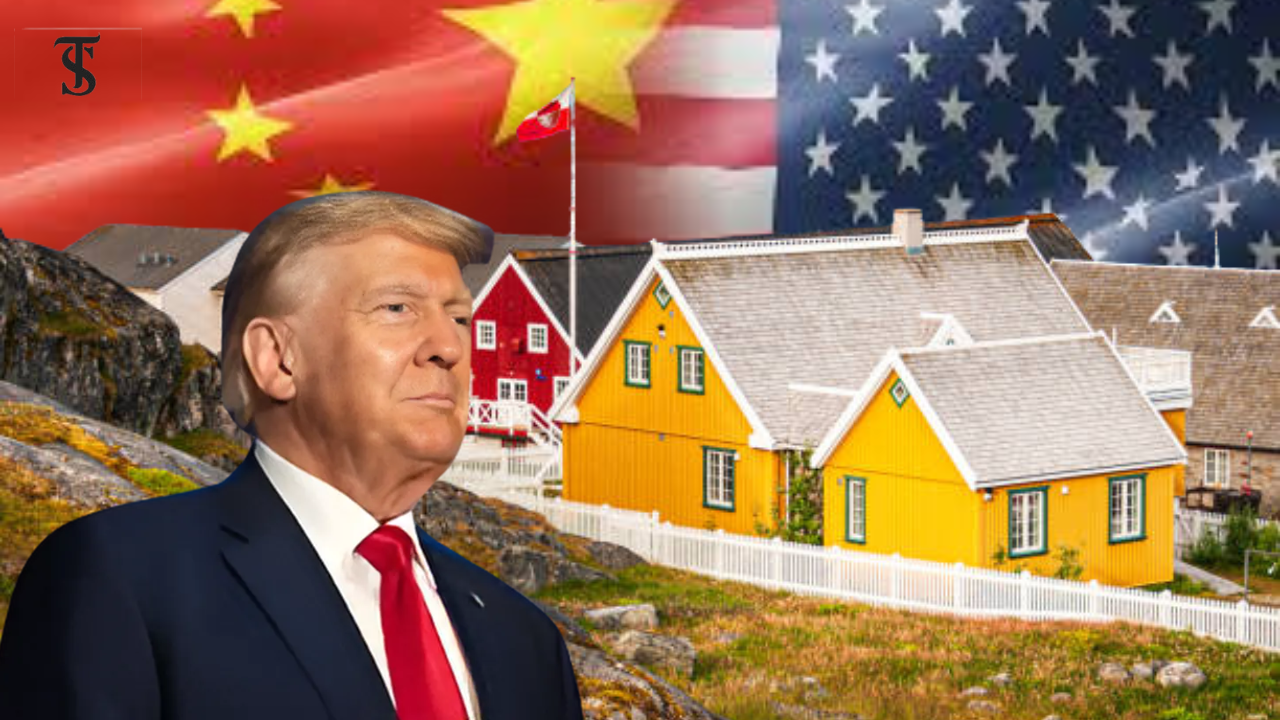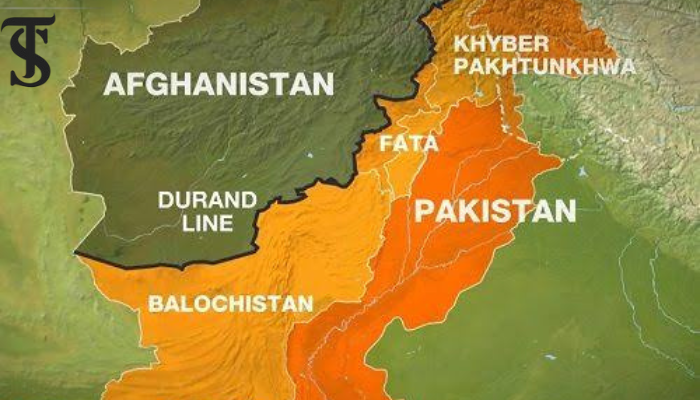Why Greenland Matters: The U.S., China, and the Battle for the Arctic

- Geopolitical Significance – The U.S. views Greenland as a strategic asset due to its Arctic location, vital sea routes, and military presence, including the Pituffik Space Base.
- Resource Competition – Greenland's vast rare earth metals attract global powers, with the U.S. countering China's growing influence in the region.
- Independence Concerns – Greenland’s move toward independence from Denmark raises U.S. fears of losing control, prompting strategic maneuvers to maintain dominance before geopolitical shifts occur.
Continuing its grand imperial design, the United States of America has once again publicly assaulted the beautiful & strategically important island of Greenland. Internal discussions within the United States government about acquiring Greenland notably occurred first early in 1867 and repeatedly in 1910, 1946, & 1955. While Vice President Nelson Aldrich Rockefeller (1974–1977) was the first highest among the elected people who privately suggested the same. However, it was only during Trump’s first tenure in 2019, that the issue became a question of public debate among American intelligentsia but was majorly ignored at the time.
Before discussing more about why the American empire wants to take control of it, let us have some more information about the Island. Greenland is the largest island having an area of 2,166,086 km², which lies between the Arctic and Atlantic oceans, east of the Canadian Arctic. The island hosts the second largest ice body on Earth—the Greenland Ice Sheet. This ice sheet, along with its small peripheral ice caps, contributes 43% to the current sea-level rise. While the island’s ice sheet roughly covers 81% of its land, the island has seen a significant population in intervals since as early as 4500 years ago.
As of today, the island is home to more than 56,000. But it was only during the 16th & 17th centuries that Dutch & English whalers occasionally interacted with local people. In 1721 Hans Egede, a Danish-Norwegian missionary was the first man with the permission of the United Kingdom of Denmark-Norway who founded a trading company and a Lutheran mission near Nuuk (present-day capital of the island), thus marking the real beginning of Greenland’s colonial era. In 1776 the Danish government assumed a full monopoly of trade with Greenland, and the Greenland coast was closed to foreign access; it was not reopened until 1950.
During this period Denmark tried gradually to acclimatize the Greenlanders to the outside world without exposing them to the danger of economic exploitation. When Denmark and Norway separated in 1814, Greenland was given to Denmark & was ruled through the Royal Greenland Trading Company till its abolition in 1951 & and was fully integrated into the Danish state in 1953 under the Constitution of Denmark, which made the people in Greenland citizens of Denmark. In the 1979 Greenlandic home rule referendum, Denmark granted home rule to Greenland; in the 2008 Greenlandic self-government referendum, Greenlanders voted for the Self-Government Act, which transferred more power from the Danish government to the local Naalakkersuisut (Greenlandic government).
The American Interests:
The US already has a prominent presence in Greenland since 1941, when it defended the island during the Second World War. It has an airbase called Pituffik Space Base which was built in 1951–52, by relocating the indigenous population to other settlements, particularly the town of Qaanaaq to the north, The empire also maintains a communications center there.
However, after the 2008 referendum, Chapter 8 of The Self Government Act 2009 put forward a smooth way towards its complete independence from Danish patronization. In the Greenlandic parliament, there is a majority for the country to move towards independence from Denmark once certain necessary prerequisites are in place. Seeing this change in the attitude of the native people, as it is more visible in the recent remarks of the minister for Independence & Foreign Affairs Vivian Motzfeldt, who stated, “Greenland belongs to the People of Greenland—and Greenland’s development and future are decided solely by its people.”. The American establishment wants to take control of the strategically important island by pressing the European NATO member before something unexpected happens with it (probably the declaration of an independent state), which in turn will make this expansionist idea more complex.
On the other hand, the rival powers are also trying to advance in the region, which also makes Americans more skeptical about it. When China’s Shenghe Resources took a major share in Energy Transition Minerals, it raised red flags for Denmark, the European Union, and the U.S., which felt China was seeking to expand its global dominance of the rare earth market while reducing Europe’s potential supply. The Trump administration, in particular, viewed China’s interest in Greenland as having hidden commercial and military motives.
Which is likely to be true as the island is located between the Northern Sea Route and the Northwest Passage. The island’s importance is growing as the sea ice shrinks day after day. It is expected by 2050 that a Transpolar Sea Route will be open through the central Arctic Ocean, passing Greenland’s eastern shores. Furthermore, the island is the basis of Denmark’s sovereignty claim to the North Pole, with claims by Russia and Canada.
The vast amount of unextracted minerals in the island also plays a vital role in attracting the global hegemon towards the region. In addition to the commonly known precious metals, Greenland holds a significant amount of rare earth metals, including neodymium, dysprosium, and praseodymium. These metals are particularly important there. Not only essential to the battery, solar, & wind technology but also to military applications.
Putting all these factors aside, there is no denying that the US empire, for the first time since its expansion as a global superpower, is feeling threatened about its future. Operating about 800 military bases outside its borders, one must be surprised why it becomes necessary for the United States to acquire new territories around the world. The answer is simple: In my words, “You may feel China as a rising power only, but the United States is much aware that China is not just a rising global power but surely an empire in the making, with a different & rather more sophisticated yle.”. So America is just trying to do what China is planning to do & will surely do. If Americans don’t act promptly.

Sajad Ahanger
The author is an occasional writer, poet & political analyst based in Indian Administered Kashmir, having a keen interest in global politics history & international relations, particularly in global south & great power politics.





